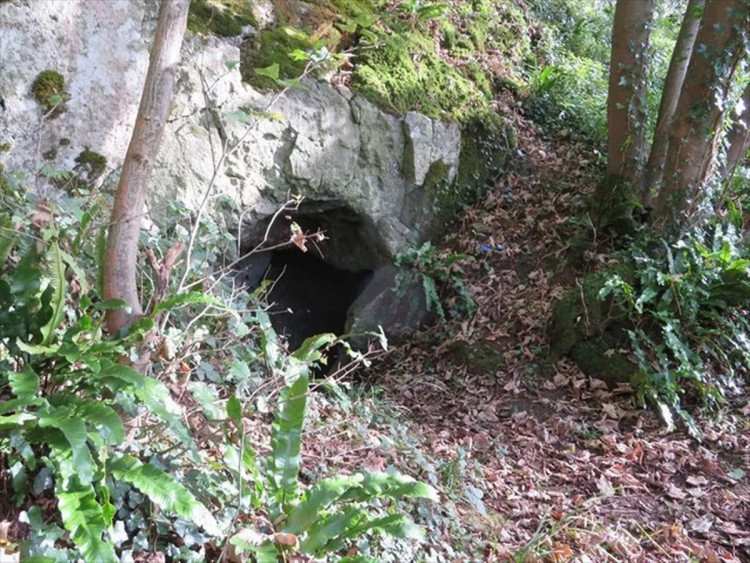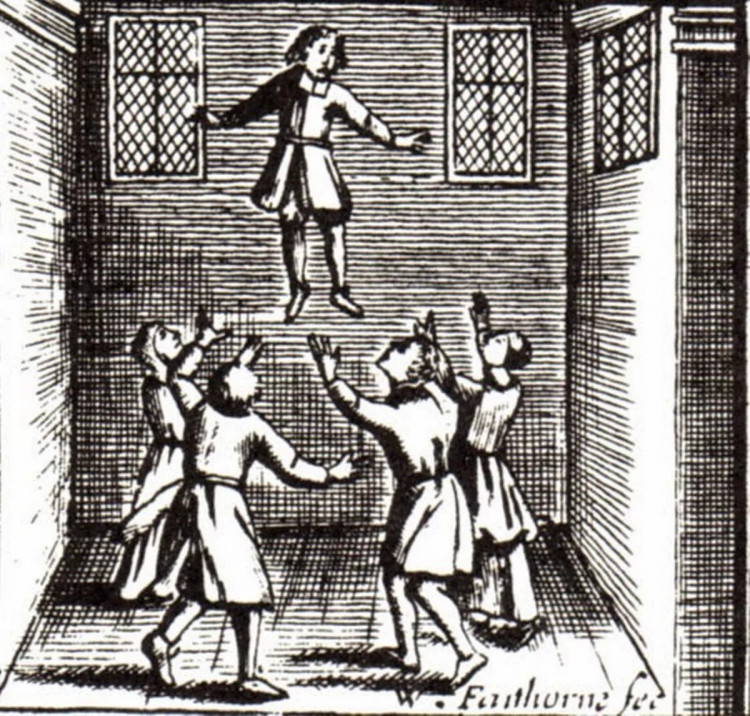The witches of Shepton Mallet
By Laura Linham 1st Jan 2024
By Laura Linham 1st Jan 2024

In Shepton Mallet tales of witches and their mysterious deeds have left an indelible mark on the town's folklore.
During the Middle Ages, a time steeped in superstition and fear, men and women found themselves entangled with the dark spectre of witchcraft. This was especially true in impoverished communities, where crops, cattle, and people succumbed to mysterious maladies. In such dire times, the need for a scapegoat was pressing, and witches often found themselves at the centre of these witch hunts.
What set these accused witches apart? They were often marked by peculiarities, such as having an animal companion, known as a "familiar," which could be a toad or a cat. Many bore the stigma of a squint, believed to be the evil eye or the "devil's mark," which we now recognize as birthmarks. In harrowing circumstances, these accused witches would eventually confess to their supposed sins after enduring prolonged and agonizing torture.
One of the most sinister trials involved a cruel practice known as "ducking." The accused witch would be tied to a ducking stool and lowered into a village pond. If she drowned, it was seen as proof of her innocence, but if she emerged alive, it was taken as evidence of her witchcraft, often resulting in hanging or burning as punishment.
Shepton Mallet still bears traces of these dark times, with legends surrounding figures like Nancy Camel. According to local lore, she was dragged from her cave above Shepton Mallet by the devil himself during a tempestuous storm. Her name likely derived from her favoured spot, The Shambles in the Market Place, where she often sat in a drunken stupor.
Nancy, or more likely Nan Scamel, was believed to be a former stocking knitter who lost her home during the Industrial Revolution's introduction of new machines. Seeking refuge in a cave at Ham Wood, she eked out a living by selling potions and collecting teasels and wood. However, her story took a terrifying turn when a catastrophic storm, possibly the Great Storm of November 1703, shook the Mendips.

Residents claimed to have heard a blood-curdling shriek, and when the storm subsided, they found Nancy had vanished, along with her donkey. Yet, the flat stone slab outside her cave bore two deep ruts, as if seared by the wheels of the devil's chariot during her abduction.
Another chilling tale from the 17th century features two women from Shepton Mallet, Jane Brooks and Alice Coward. They faced accusations of casting malevolent spells on a 12-year-old boy, which ultimately led to a grim fate for both.
The story began in November 1657 when Henry Jones returned home to find his son, Richard, suffering from strange afflictions. The boy had encountered an old lady while playing in the garden, and after a simple act of kindness, he experienced excruciating pain down his right side. This encounter triggered a series of bizarre events, with Richard rendered mute and tormented by visions of Mrs. Brooks.

Upon Henry Jones's return, Mrs. Brooks faced a violent assault, but the situation escalated when Richard claimed that Mrs. Brooks appeared to him as a vengeful ghost, making threats.
The constable intervened, leading to the arrest of Mrs. Brooks and her sister Alice on charges of witchcraft.
Their trial unfolded in December 1657, featuring further strange incidents involving Richard as evidence. Ultimately, Mrs. Brooks faced a grim fate, condemned to death and burnt at the stake in Shepton's Market Place, while Mrs. Coward met her end in prison. Strangely, after their executions, Richard's supposed curse mysteriously vanished.
These tales, intertwined with the town's history, serve as a haunting reminder of the witches of Shepton Mallet, who left an indelible mark on Somerset's past
CHECK OUT OUR Jobs Section HERE!
Shepton Mallet vacancies updated hourly!
Click here to see more: Shepton Mallet jobs
Share:








